Share

Heredity Podcast
Recast: Getting to know Heredity
•
In this episode we revisit an inspiring episode that answers the question: why should you publish in Heredity?
More episodes
View all episodes
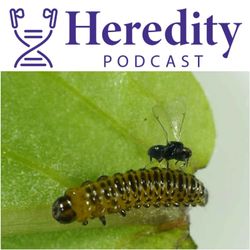
Resisting parasitoids: beetle v wasp
17:33|Parasites and parasitoids are large drivers of evolutionary change. We hear from Peter Hambäck (Stockholm University) about his work on how beetle larvae combat a parasitoid wasp that wants to lay its eggs inside them.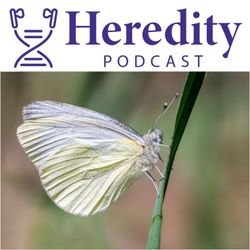
The consequences of invasion
24:33|We often hear that invasive species are bad for the ecosystems they invade, but the consequences can seem remote and hard to grasp. In this episode we hear from Nitin Ravikanthachari and Carol Boggs about their study system where an invasive plant has very tangible effects for a native butterfly.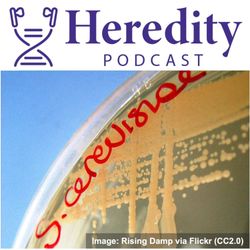
Sex in a warming world: temperature and meiosis
25:11|Organisms are sensitive to temperature, but reproduction is likely to be affected at lower temperatures than survival. We're joined by Jessica McNeill & Caiti Smukowski Heil to talk about their work on meiosis in yeasts.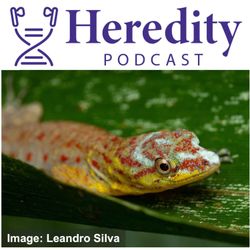
Genomic responses to past and future change
19:33|The genomes of organisms can tell us about evolutionary processes in the past - but can they also give clues about the future? André Yves and Fernanda Werneck tell us about their work on climate adaptation in Amazonian lizards.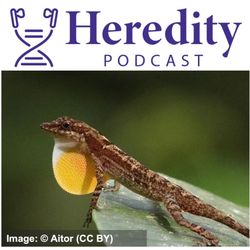
Colourful signals in Anolis lizards
23:57|Many Anolis lizards have a sail of colourful skin on their throats which they use to communicate, but how does something like that evolve? Find out with researchers Renata Pirani, Carlos Arias and Mike Logan.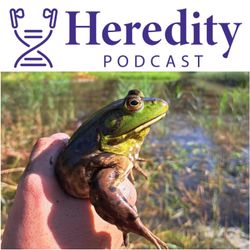
The American Bullfrog invasion of Belgium
23:35|Biological invasions are a huge issue in contemporary biology. In this episode we hear from Teun Everts and Rein Brys, who are studying the American Bullfrog invasion of Belgium.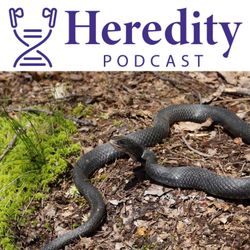
Where, what and how? Phylogeography of American snakes
19:09|Frank Burbrink and Ed Myers talk about their recent work on American Racers. Spatial patterns, hybridisation and why the shapes of evolutionary trees might be more complex than we thought.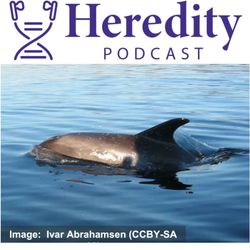
White-beaked dolphin conservation genetics
17:10|Continuing the recent theme of conservation genetics, we return to the sea with Marc Gose and Rob Ogden. They discuss their work on the white-beaked dolphin, and the importance of international collaboration to manage populations that span borders.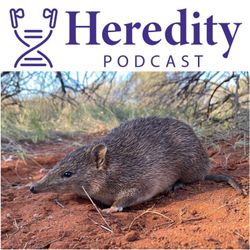
Golden bandicoot and Australian conservation genomics
22:41|Best student paper of 2024 winner Kate Rick, along with Brenton Von Takach and Kym Ottewell, discuss the use of genomics in Australian conservation efforts, and their study on the golden bandicoot.